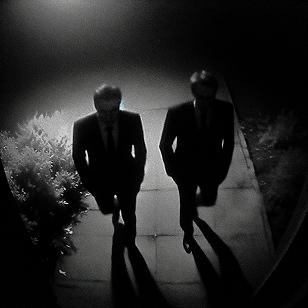Unraveling the Astronomical Genius of the Mayans

Introduction: A Civilization Ahead of Its Time
The Mayan civilization, flourishing in Mesoamerica, has long been celebrated for its remarkable achievements in various fields. Among these, their astronomical knowledge stands out, showcasing a sophistication that continues to astonish scholars today.
Astronomical Achievements: The Sky as a Canvas
The Mayans were extraordinary sky watchers. Their ability to track celestial movements with astounding precision is evident in their sophisticated calendar systems, notably the Tzolk’in and the Haab’. These calendars were not just timekeeping tools but also a testament to their deep understanding of the cyclical nature of celestial events.
Architectural Alignments: Temples and Stars
Mayan architecture was intricately aligned with celestial bodies. Significant buildings, like the El Caracol observatory at Chichen Itza, were constructed to align with specific astronomical events, such as equinoxes and solstices. This alignment underscores the Mayans’ dedication to harmonizing their civilization with the cosmos.
The Dresden Codex: A Celestial Manuscript
One of the most significant Mayan astronomical works is the Dresden Codex. This pre-Columbian Maya book contains detailed tables for calculating phases of the Moon, eclipses, and even the movements of Venus, which held particular importance in Mayan astrology and mythology.
The Dresden Codex: Ancient Mayan Knowledge or Something More?
The Mayan civilization, with its astounding astronomical knowledge and sophisticated cultural achievements..
Interpreting the Cosmos: Religion and Astronomy
Astronomy in Mayan culture was deeply intertwined with mythology and religion. Celestial bodies were revered as deities, and their movements were believed to be divine messages. This spiritual dimension added a complex layer to their astronomical observations, blending science with religious practice.
Legacy and Modern Relevance
The Mayan astronomical systems have influenced modern astronomy and calendar systems. Their understanding of time and celestial mechanics was not just advanced for their era; it resonates with contemporary scientific inquiries, highlighting the timeless nature of their insights.
Conclusion: The Mayans’ Celestial Mastery
The astronomical knowledge of the Mayans was far more than just scientific achievement; it was a harmonious blend of art, science, and spirituality. Their legacy continues to inspire and challenge our understanding of ancient civilizations, reaffirming their place as one of the most astronomically advanced cultures of the ancient world.






